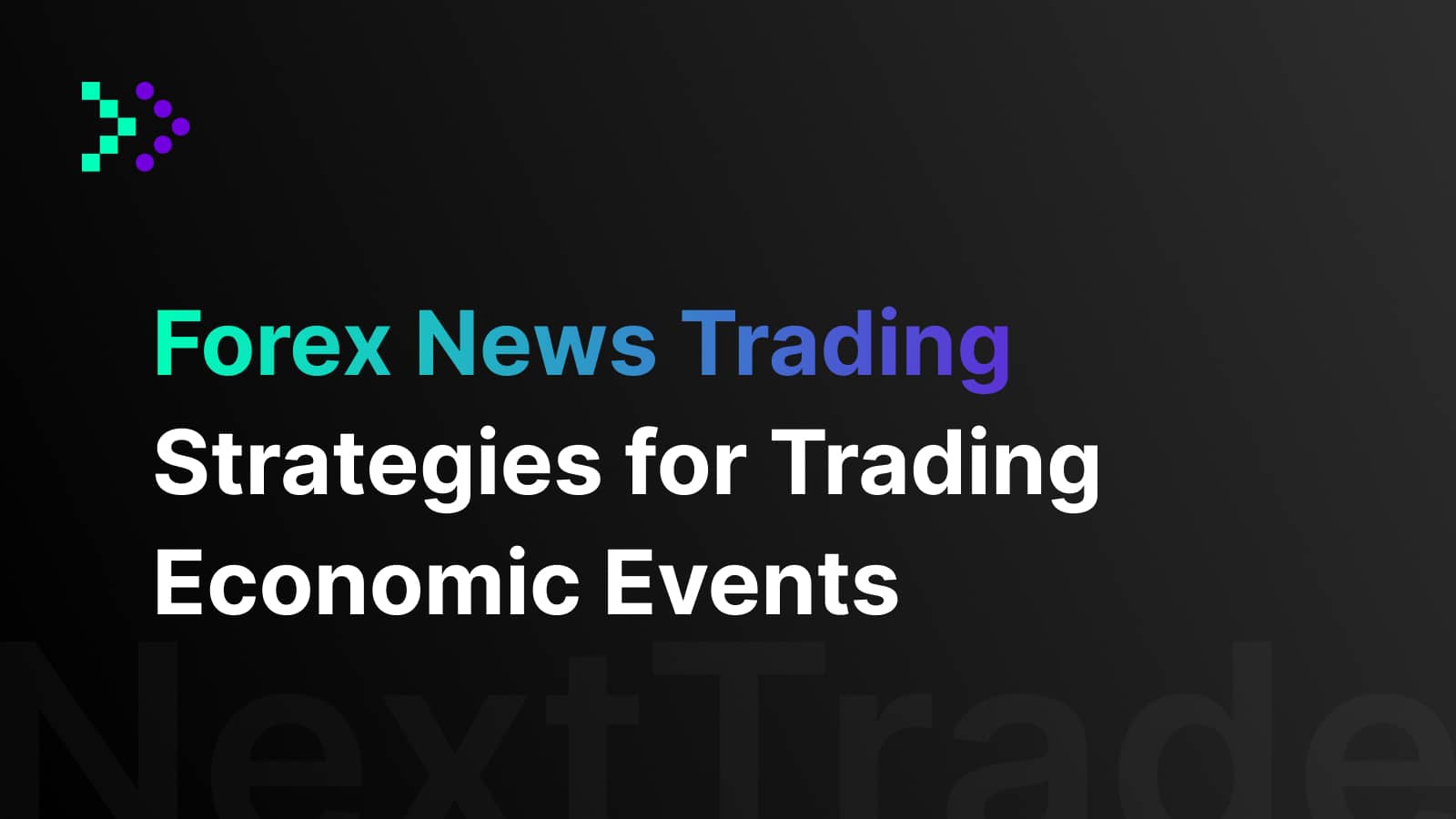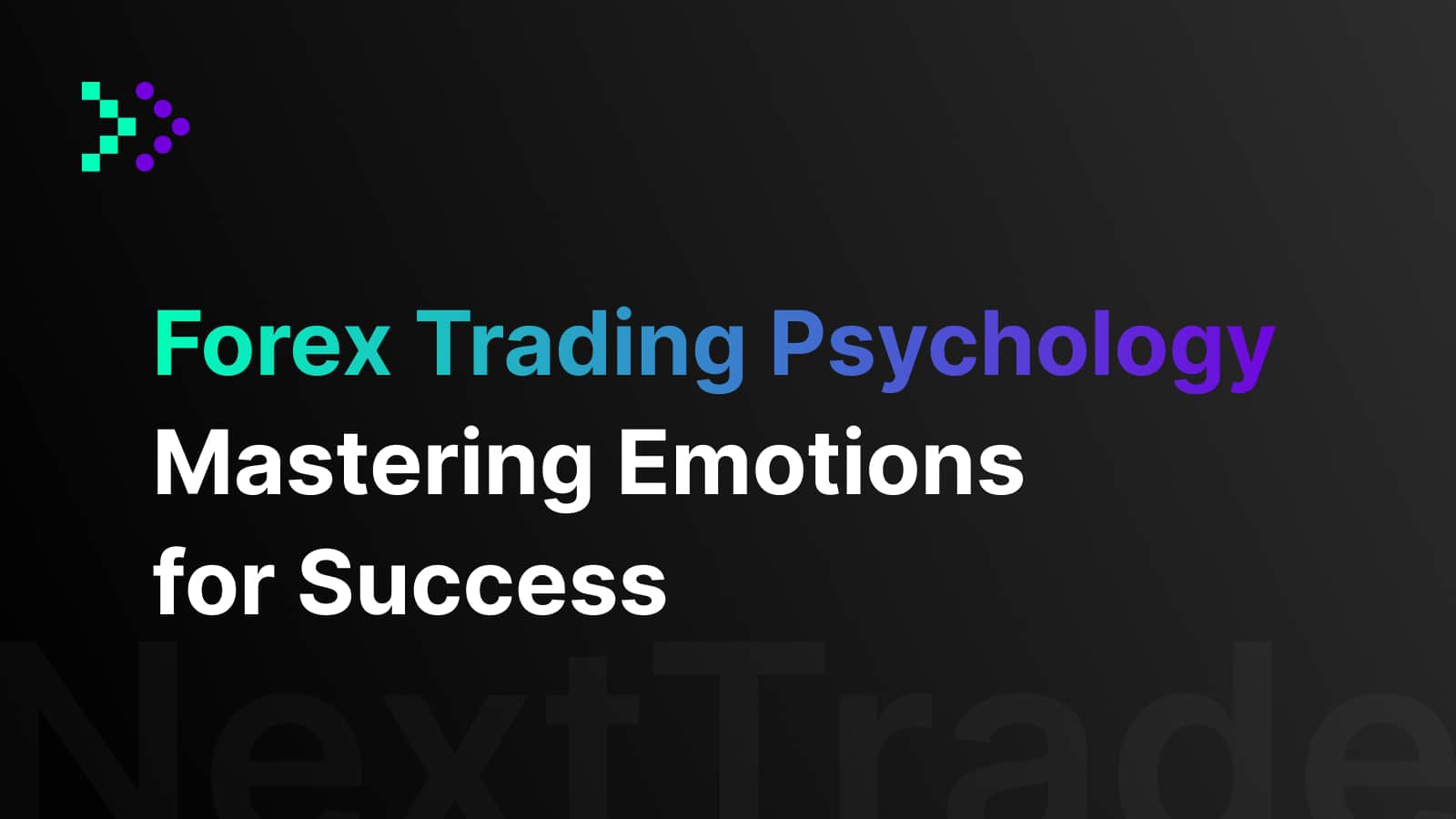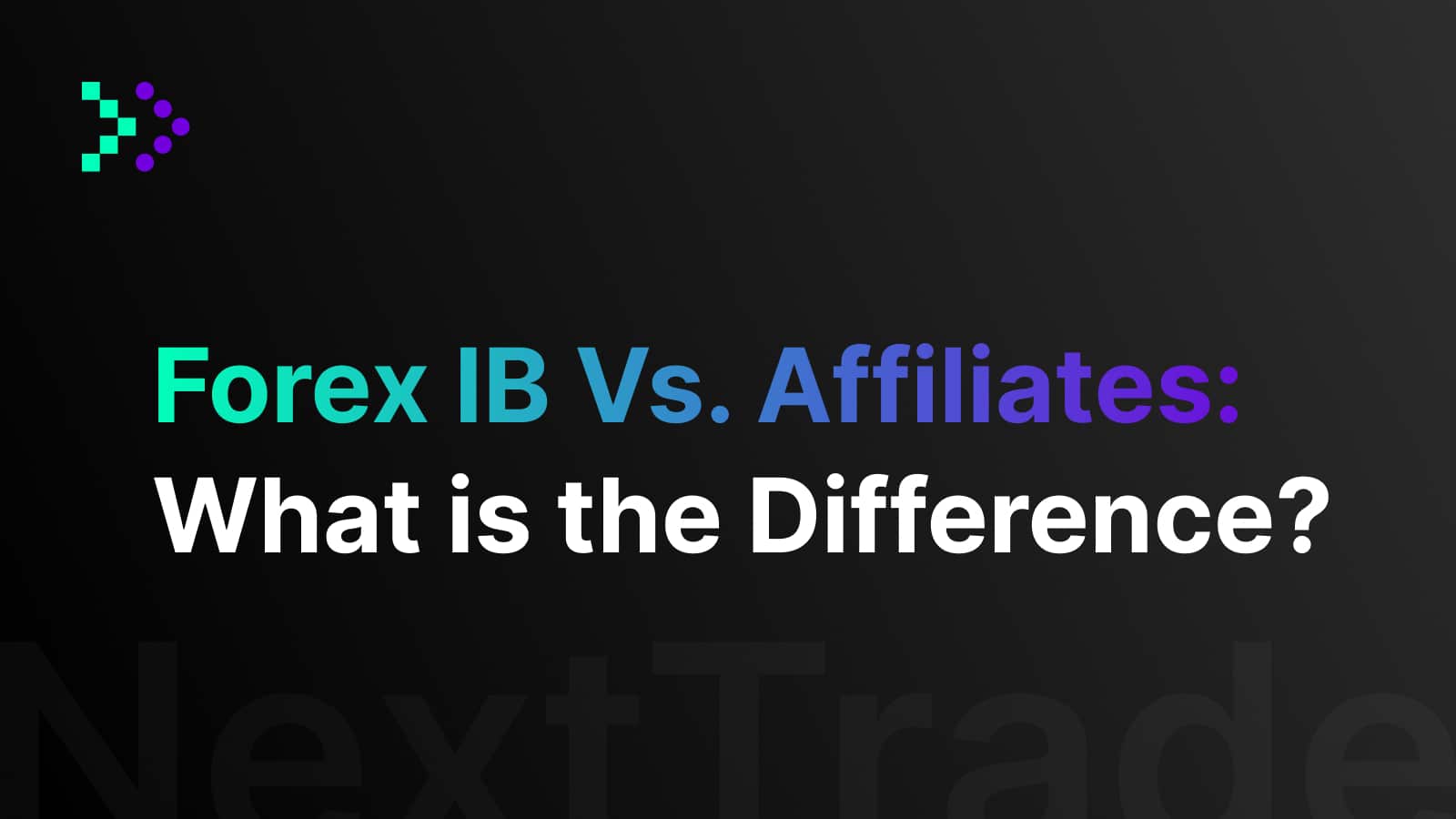
Choosing the Best Time Frame for Your Forex Trading Strategy
Introduction
Wondering what the best time frame for trading forex is? You’re not alone — it’s one of the most common and important decisions every trader faces.
The time frame you trade on impacts how often you place trades, how long you hold positions, and how you interpret market signals.
Whether you’re into short-term trading like scalping or prefer the slower pace of long-term forex trading, knowing how forex time frames work is key to finding clarity in the market.
In this guide, we’ll walk you through the most commonly used time frames, break down their pros and cons, and help you choose the best time frame for trading based on your style and goals.
What Are Time Frames in Forex Trading?
A time frame in forex simply refers to the duration each candlestick or bar represents on your chart. For example:
- A 5-minute chart = one candle per 5 minutes
- A daily chart = one candle per day
- A monthly chart = one candle per month
Each time frame gives traders a different perspective. Choosing the right one comes down to your personality, strategy, and how actively you want to trade.
Different Time Frames in Forex Trading
Let’s look at the most common time frames and who they’re best suited for.
1. 1-Minute to 15-Minute Charts – For Short-Term Trading (Scalping)
If you’re after quick entries and rapid exits, these time frames are for you.
Best for: Scalpers
Typical trade duration: Seconds to minutes
Keyword used: short-term trading
Pros:
- High-frequency opportunities
- Fast feedback on strategy
- Great for active traders
Cons:
- Emotionally intense
- High noise and false signals
- Demands tight risk management
2. 30-Minute to 1-Hour Charts – For Day Trading
Prefer to open and close trades within the same day? These time frames are the sweet spot.
Best for: Day traders
Typical trade duration: Minutes to hours
Keyword used: day trading
Pros:
- More reliable than lower time frames
- Avoids overnight risk
- Compatible with news-based strategies
Cons:
- Requires intraday attention
- Sensitive to session volatility
3. 4-Hour to Daily Charts – For Swing Trading
For those who want flexibility but still want to catch big moves, this is the perfect range.
Best for: Swing traders
Typical trade duration: Several days to weeks
Pros:
- Less screen time required
- Stronger, more structured price action
- Easier to manage emotionally
Cons:
- Fewer trade setups per week
- Exposed to overnight gaps
4. Weekly to Monthly Charts – For Long-Term Forex Trading
If you’re focused on macro trends or investing-level strategies, these are your go-to time frames.
Best for: Position traders, investors
Typical trade duration: Weeks to months
Keyword used: long-term forex trading
Pros:
- Very clean trends
- Strategic and lower maintenance
- Great for combining fundamentals with technicals
Cons:
- Very slow trade frequency
- Requires larger stop losses and patience
Pros and Cons of Each Time Frame (Quick Summary)
Time Frame | Trading Style | Pros | Cons |
1M – 15M | Scalping | Quick trades, fast results | High stress, lots of noise |
30M – 1H | Day Trading | Structured entries, no overnight exposure | Time commitment, sensitive to volatility |
4H – Daily | Swing Trading | Balance of flexibility and clarity | Slower pace, needs patience |
Weekly – Monthly | Long-Term Trading | Clear trends, strategic trading | Low frequency, requires strong capital |
How to Choose the Best Time Frame for Your Strategy
The best time frame for trading depends on your goals, experience level, and even personality.
Ask yourself:
- Do you prefer fast-paced action or slow, strategic moves?
- How much time can you commit each day?
- Are you comfortable holding trades overnight or over the weekend?
💡 Tip: Many traders use a multi-timeframe approach — analyzing on higher frames (like Daily or Weekly) and entering trades on lower frames (like 1H or 4H) for better precision.
Final Thoughts
There’s no single “best” time frame — only the one that suits you.
Understanding how forex time frames impact your trading gives you the freedom to align your strategy with your strengths. Whether you’re scalping the London Open or positioning for a monthly breakout, having the right time frame gives you an edge.




